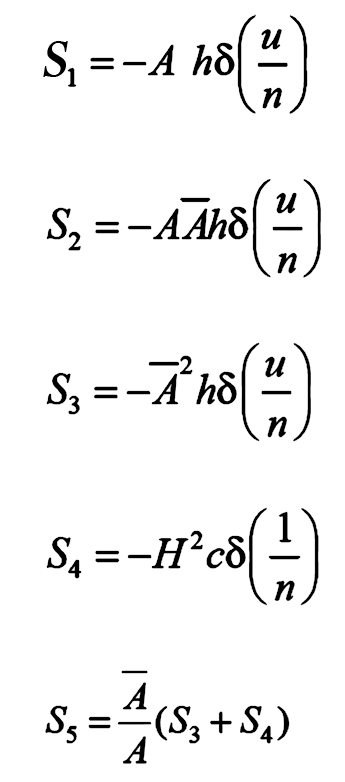Introduction
The five basic types of aberration which are due to the geometry of lenses or mirrors, and which are applicable to systems dealing with monochromatic light, are known as Seidel aberrations, from an 1857 paper by Ludwig von Seidel. These are the aberrations that become evident in third-order optics, also known as Seidel optics.
SPHA S1,COMA S2, ASTI S3, FCUR S4, DIST S5

Seidel aberrations refer to a set of optical aberrations in imaging systems, named after the German mathematician and physicist Ludwig Seidel. These aberrations arise from imperfections in optical elements, such as lenses or mirrors, and can degrade the quality of an image formed by an optical system.
There are several types of Seidel aberrations, each affecting the image in different ways:
1. Spherical aberration: This occurs when light rays passing through the outer portions of a lens or mirror focus at a different point than those passing through the center. It leads to blurring or a lack of sharpness in the image.
2. Coma: Coma causes off-axis point sources to appear comet-shaped instead of point-like. It is characterized by asymmetric blurring, typically worse towards the edges of the image.
3. Astigmatism: Astigmatism causes different focal lengths for light rays in different planes perpendicular to the optical axis. This leads to distorted or stretched images, especially noticeable with point sources.
4. Field curvature: Field curvature results in the image not being in focus across the entire field of view. Instead, the focal plane follows a curved surface rather than being flat.
5. Distortion: Distortion causes a misrepresentation of the shape of objects in the image. Barrel distortion makes objects appear to bulge outwards towards the edges, while pincushion distortion makes them appear to be pinched towards the center.

These aberrations are typically quantified and corrected for in optical system design to ensure high image quality. However, in some applications, certain aberrations may be intentionally introduced to achieve specific effects or compensate for other aberrations.
Two color items: C1, C2



